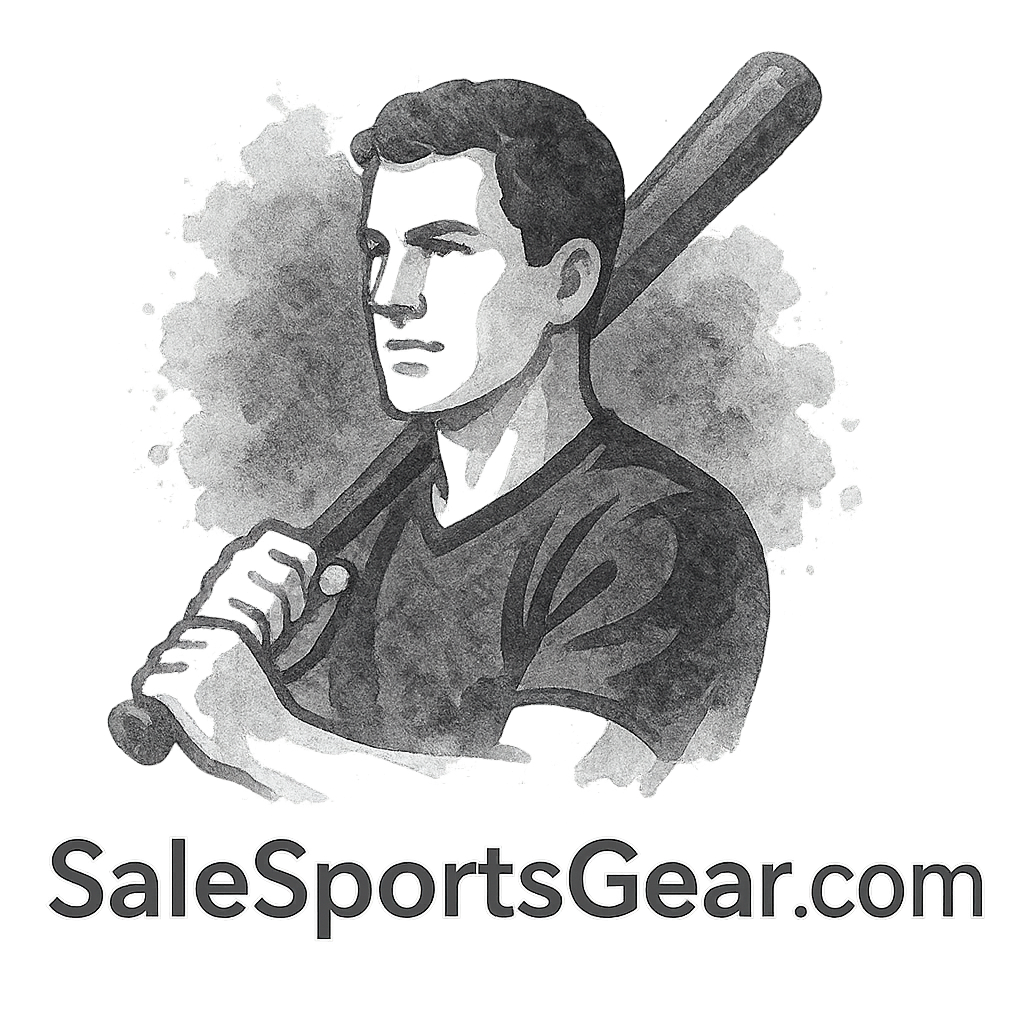So, you’ve just got your hands on some brand-new sports gear—exciting, right? Whether it’s a sleek pair of running shoes, a high-tech helmet, or pro-grade basketball accessories, new equipment can feel like a performance boost waiting to happen. But before you rush off to test it out, let’s hit the brakes for a moment.
Using gear straight out of the box without giving it a once-over? That’s like driving a new car without checking if there’s gas in the tank.
Before diving into your sport of choice, here’s a guide to the 9 things you absolutely need to check before using new sports gear for the first time.

1. Inspect for Physical Damage
Even brand-new gear isn’t immune to damage. Boxes get tossed, items get scratched, and sometimes quality control just slips up.
Common Wear and Tear to Look For
- Cracks, tears, or scratches in plastic or metal parts
- Loose stitching on apparel or protective gear
- Dents or chips on helmets, paddles, or boards
- Broken seals on packaging (could indicate returns or tampering)
Quick inspections can prevent future injuries. If you find any issue, don’t hesitate—use your warranty or return window wisely. Need help finding high-quality replacements? Check Salesportsgear.com.
2. Fit and Comfort
Let’s get real—if your gear doesn’t fit right, it won’t feel right, and it sure won’t perform right.
Why Proper Fit Matters
Ill-fitting gear can cause blisters, limit mobility, or even lead to serious injuries. Think of it like wearing shoes two sizes too big in a marathon. Ouch, right?
Trying It On: Tips and Tricks
- Wear the gear with your usual sportswear underneath
- Move around: bend, twist, jump
- Check pressure points—no pinching or rubbing
- Adjust straps and padding for snugness
Still unsure? Explore tailored options at Sports Gear for Kids or by Sport Type.
3. Verify Safety Standards
Performance is great, but safety? That’s non-negotiable.
Look for Certifications and Labels
Different gear types have specific safety certifications. For example:
- Helmets: ASTM or CPSC certification
- Eye protection: ANSI standards
- Pads and guards: CE or NOCSAE certifications
If these labels are missing or look suspicious, that’s a red flag. Avoid knock-offs and trust reputable vendors like High-Performance Sports Accessories.
4. Understand the User Manual
Yes, we know. Manuals aren’t thrilling. But a quick skim could save you a headache (or an injury).
How to Use Gear Properly
Some sports gear includes intricate parts—like adjustable tension systems, rechargeable batteries, or software pairing (yep, smart gear is a thing now).
Read the manual for:
- Assembly instructions
- Maintenance guidelines
- Safety warnings
- Proper usage environments
When in doubt, check the Performance Gear Tag section for more expert tips.
5. Test Performance Functionality
Before heading to the field or court, try your gear in a controlled environment.
Simulate Real Usage Scenarios
- Try out new cleats on grass, not concrete
- Test new basketballs indoors before a big game
- Break-in gloves with proper exercises
Think of this as your warm-up. It helps avoid surprises when it really matters. Check out specialized Basketball Accessories if you’re unsure what to test.
6. Check for Adjustability Features
Modern gear often includes amazing customization features. Don’t ignore them!
Customization Enhances Performance
Things you can (and should) adjust:
- Helmet straps and padding
- Shoe lacing systems (hello, BOA systems!)
- Paddle lengths and bike saddle height
- Resistance settings in smart gear
Adjusting gear to your body makes a huge difference in performance and comfort. For seasonal tweaks, head over to Seasonal Sports Gear.
7. Material Quality and Durability
Not all sports gear is built the same. Some look great but fall apart quickly.
Why Materials Matter in Sports Gear
Look for:
- Moisture-wicking fabrics in apparel
- Reinforced seams in gloves or padding
- UV-resistant coatings on outdoor gear
- Rust-proof metals in water sports equipment
You can explore long-lasting options in Sports Gear by Type or filter by Sports Equipment Tags.
8. Clean and Prep the Gear
Even brand-new gear needs a little TLC before its first outing.
Initial Cleaning Tips
- Wipe off dust and manufacturing residue
- Wash clothes and protective gear as per label
- Charge up smart devices
- Sanitize mouthguards or shared accessories
It’s all about starting fresh and clean. Check out Athlete Tools for gear-cleaning must-haves.
9. Know the Return or Warranty Policy
Let’s face it—sometimes, even the best gear isn’t the right fit.
When and How to Claim Issues
- Understand how many days you have for returns
- Keep receipts and order confirmations
- Note if returns are conditional on packaging being intact
If your gear ever fails during use, a good warranty can be a lifesaver. Many gear items on Salesportsgear.com include extended coverage. Don’t ignore it!
Bonus Tip: Register Your Gear Online
Why bother registering? Because:
- You get notified of recalls
- Access to user tips and upgrades
- Simplified warranty claims
It only takes a few minutes, and it’s totally worth it. Just like registering your car—but easier!
Conclusion
Getting new sports gear is like getting a new tool in your performance toolbox. But that tool is only effective if it’s in top shape, fits you perfectly, and performs as expected.
By running through this checklist, you not only safeguard your investment—you protect your body and boost your performance.
So before you race onto the court, field, or trail with your shiny new gear, take a pause. Give it the attention it deserves. You’ll thank yourself later.
And if you’re still on the hunt for the right gear, don’t forget to browse:
- High-Performance Sports Accessories
- Seasonal Sports Gear
- Sports Gear for Kids
- Accessories
- Winter Gear
- Youth Gear
FAQs
1. How do I know if my sports gear is safe to use?
Check for certifications like ASTM, ANSI, or CE. Always inspect for visible damage before first use.
2. Can I return sports gear after using it once?
That depends on the seller. Check the return policy carefully before using it outdoors.
3. Why does my gear feel uncomfortable even though it fits?
Sometimes, it needs adjusting or breaking in. Double-check the fit and make use of adjustability features.
4. Should I wash my new sportswear before wearing it?
Absolutely! Washing removes factory residue and reduces skin irritation.
5. What if the gear doesn’t come with a manual?
Visit the manufacturer’s website. Most brands provide downloadable manuals or videos.
6. How long should I test new gear before serious use?
Give it at least one light session or practice round before a major game or competition.
7. Is registering gear online really necessary?
Yes! It helps with warranties, updates, and recall alerts. It’s your backup plan.


